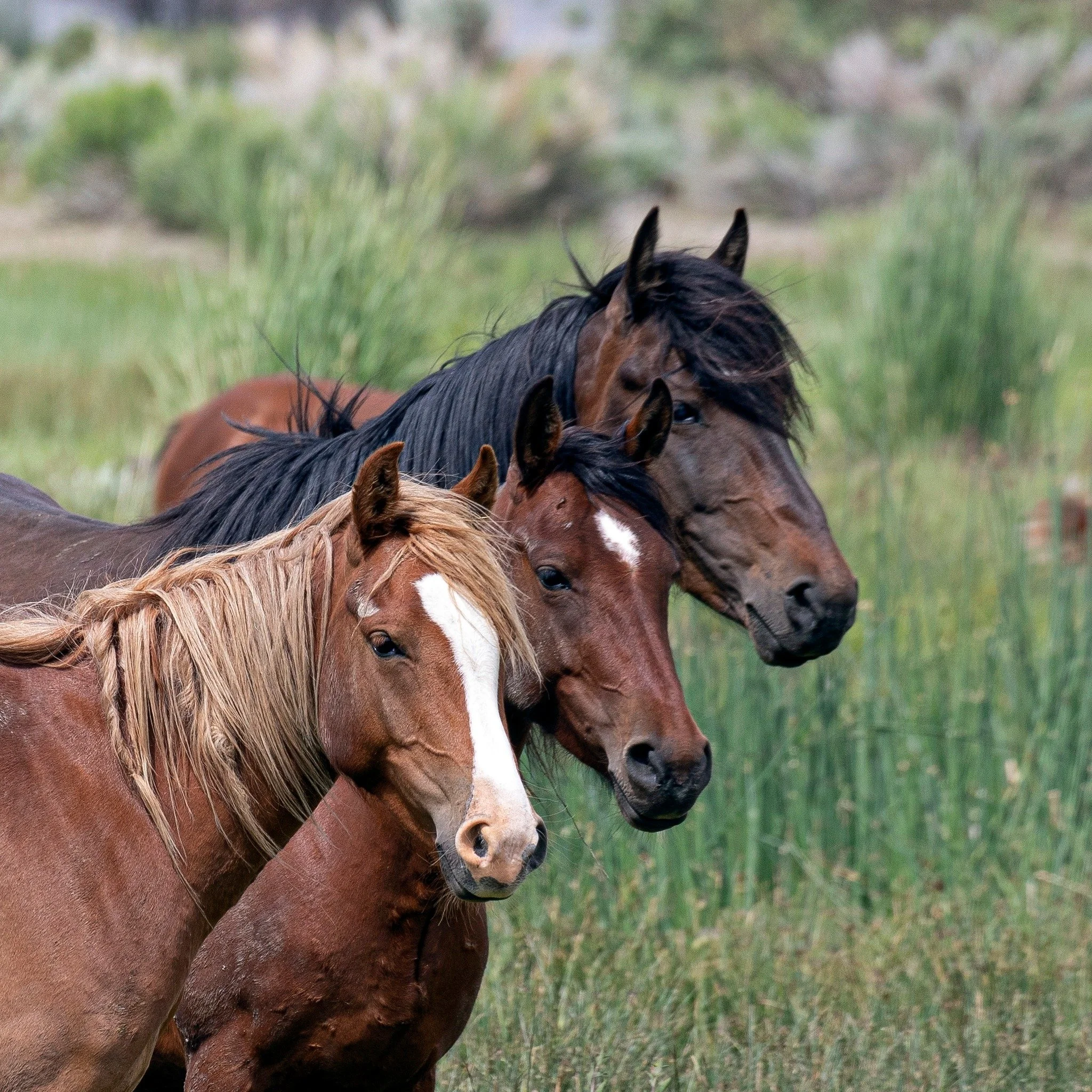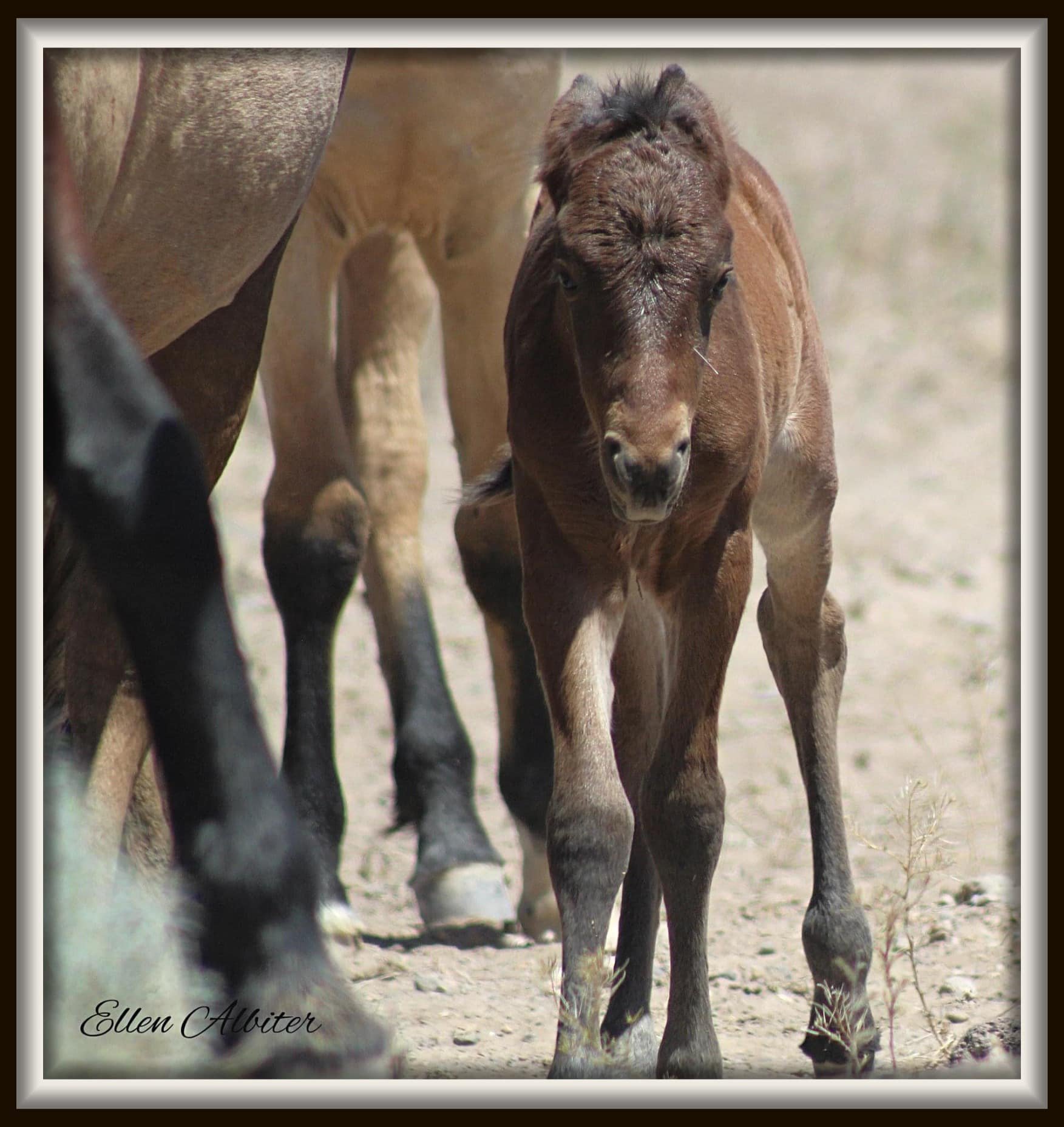ON THE RANGE: THE BALD EAGLE AND HORSE FACTS
The Bald Eagle
By Deana Kirk
In 1782, the United States made the bald eagle a national symbol when it was placed on the Great Seal. It has been a symbol of strength ever since. The Virginia Range is the year-round home to several bald eagles and the winter home to many who migrate from further north. Their name comes from the old English word “Balde” which means white; representing their white head and tail feathers. They have yellow, sharp-pointed beaks and large talons that are used for capturing and killing their prey. With a wingspan of up to 8.5 feet long, they can weigh as much as 14 pounds. Females are usually larger than males. Bald eagles are able to spot prey from a mile away. They eat fish, birds, ducks, rabbits, squirrels, prairie dogs and other small animals. If an Osprey brings a fish back to their nest, the bald eagle is notorious for harassing the smaller bird until it drops the fish for the eagle to steal. In fact, Benjamin Franklin actually wrote his daughter a letter in 1784, saying the bald eagle was a poor choice for a national symbol because of their thieving tendencies!
Bald eagles can live up to 50 years and mate for life. Large sticks are used to build their massive nests high up in trees or on cliffs. The nests can be up to 13 feet tall and 10 feet across and are used year after year. Two, and sometimes three, eggs are laid. Both parents take turns incubating the eggs for 34 to 36 days. They also share the feeding and protecting duties once the eaglets are hatched. The eaglets begin to fly at 10-12 weeks old and will leave the nest permanently a month later. They will remain a mottled brown color until their mature age of 4-5 years. At 5 years old, their signature white head and tail feathers will emerge.
horse facts
Wild Horse Band Dynamics: Dominant Horse by Deborah Walker
Dominant horses within a band or family of horses, establish their mastery of techniques to remain in charge early on. The body language is very obvious and fun to watch. They will typically move toward other horses, not away, and they expect the other horses to move. If the horses that don’t submit and move will receive nips and kicks and the dominant horse will also pin its ears, pinch their nostrils, squeal, and swing its head.
Band stallions use the technique of snaking to move their family. This was likely developed over time as he exerted his dominance over natal band members and bachelors.
The dominant horses will also drink first and eat first, especially if forage is limited. We have seen all these behaviors in young, old, male, and female horses. It’s especially fun to watch that develop in foals, and they can be bossy! And in the horse world, we say whoever moves the others’ feet is the boss.






